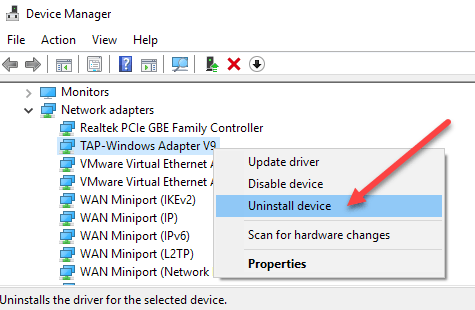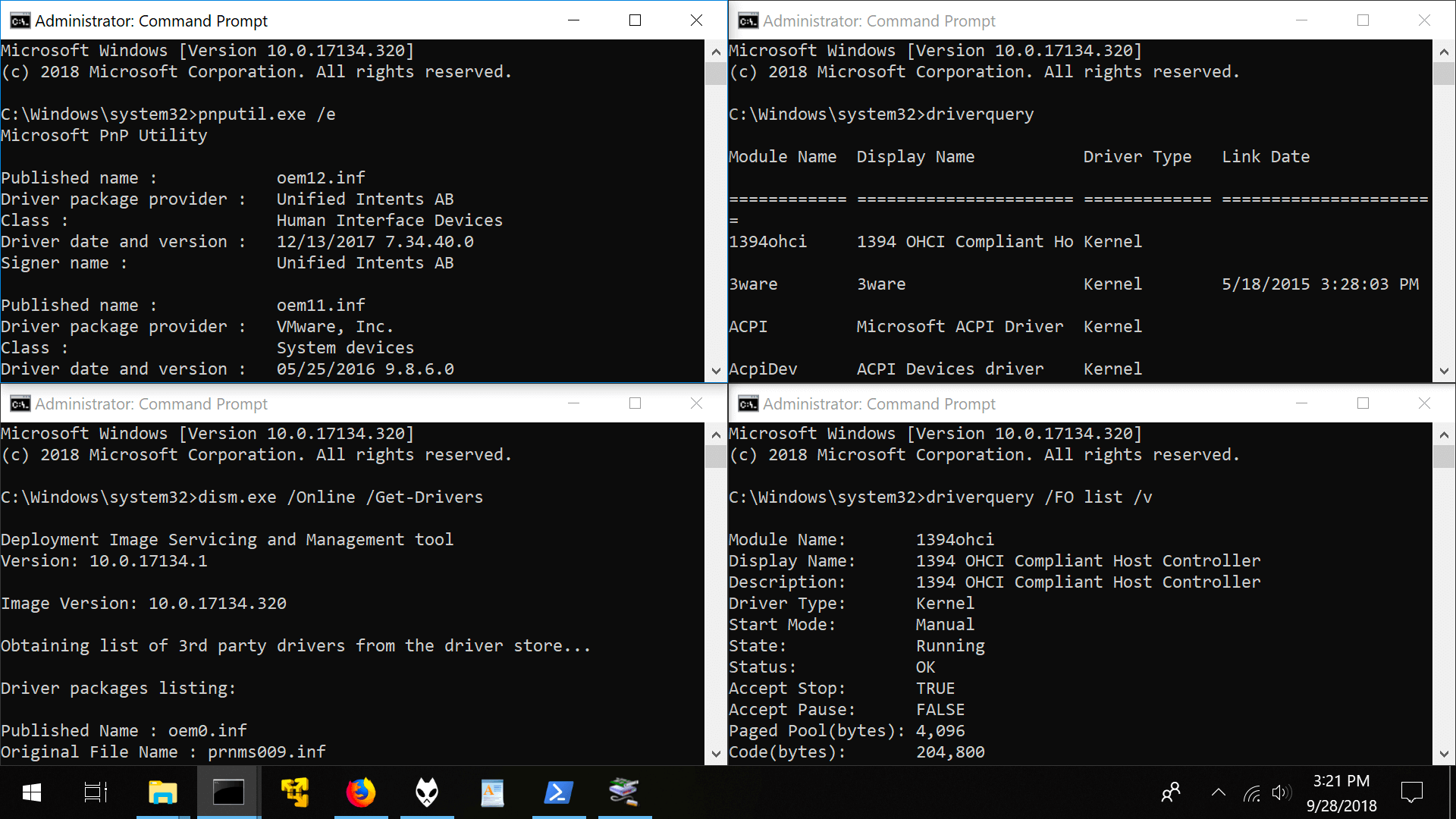

- How to uninstall old drivers with command prmpt how to#
- How to uninstall old drivers with command prmpt install#
- How to uninstall old drivers with command prmpt driver#
- How to uninstall old drivers with command prmpt windows 10#

You may want to do these steps if you feel some of the files or entries left behind are contributing to some issue. However, there are optional steps you can take to clean up residual items left by Nvidia. Typically, if Windows properly removed everything, you should be done.
How to uninstall old drivers with command prmpt driver#
Cleaning up after Removal of Nvidia Driver If you find that the Nvidia driver is still there, right-click and choose Uninstall. In Device Manager, click the View menus and check Show hidden devices. To do so, use the search box again to find and click on the Device Manager. Verify Drivers were RemovedĪfter the Nvidia software is uninstalled, you may want to verify the drivers were removed as well. Be sure and reboot the machine afterward. You can repeat the same steps for any other software Nvidia placed on your computer. You can click the Uninstall button from the top bar.

Type program into the search box on the taskbar and choose Add or remove programs.Ĭlick the Programs and Features then select the Nvidia application(s). Uninstall Nvidia Drivers from Windowsįirst, you’ll want to go into Window’s Program Manager. In such scenarios, it’s wise to start by removing the device’s application packages – and determine if anything is left afterward. Some devices, such as Nvidia’s cards, have drivers that are packaged with other software (control panels and other application enhancements) that get installed.

Whatever the case, there are a couple of methods generally used to remove drivers and their associated software. Maybe the current one has stopped working or is causing some conflict. Perhaps you’re installing a newer device. There are various reasons you would want to remove the software that controls a graphics adapter.
How to uninstall old drivers with command prmpt how to#
As time goes on, these heavily-stacked GPU cards have become more powerful and feature-packed – thus requiring more advanced software and drivers.Īt some point, the question of how to uninstall Nvidia drivers may arise. Nvidia has been in the business for some time, and their graphics cards are widely used. It would be near impossible to run some of today’s most graphically intensive programs – such as online PC games – without a good graphics or video card. Driver Support/ knowledgebase/ How to Uninstall Nvidia Drivers.You can go to the device manager and try to display the hidden. Run the Command Prompt as administrator and enter the command: Note: The command is related to display hidden drivers in Device Manager, old versions of Windows XP, 7. How to detect hidden device drivers in the manager Related post : How to fix Google Chrome black screen issues If it is possible to put a tick, then tick the Uninstall driver programs for this device. To remove the old hidden drivers, just right click on it and Uninstall. We see in the picture above weakly highlighted devices, these are hidden drivers that sometimes interfere with us. Related post : IRQL_GT_ZERO error in Windows Note: If for some reason they are not displayed, then see below how to fix the hidden display of devices. In Device Manager, click View> Show Hidden Devices.
How to uninstall old drivers with command prmpt windows 10#
Related post : How to fix the ACPI_BIOS_ERROR error in Windows 10 Press the Win + R key combination and enter the following devmgmt.msc command to open the device manager.
How to uninstall old drivers with command prmpt install#
Hidden drivers remain in the system and when a new device is detected, they automatically install their hidden, old drivers and therefore prevent the installation of new ones. Most often there are native hidden installed drivers, which the above method will not remove them. How to remove old device drivers in Windows Related post : Could not find license agreement – Windows install error


 0 kommentar(er)
0 kommentar(er)
